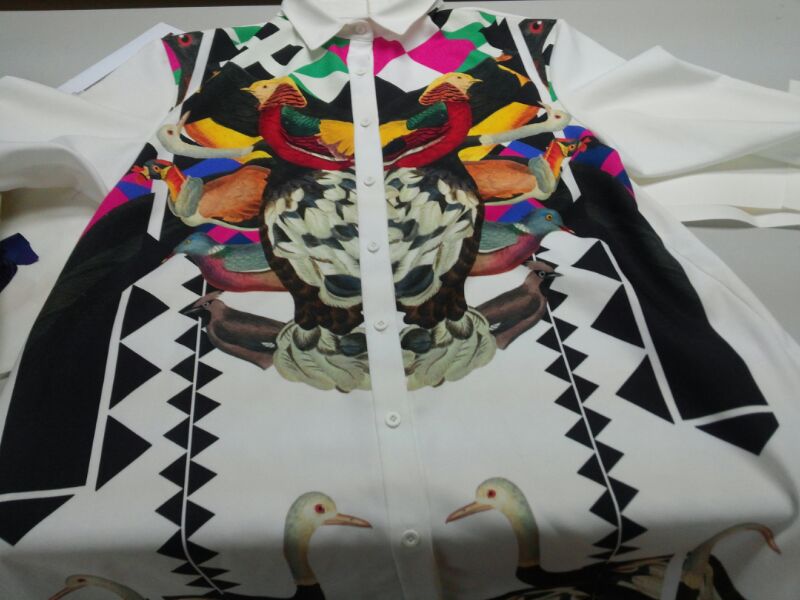What is sublimation?

|
Digital printing is replacing traditional methods in different branches of the graphics industry. There are multiple reasons for this shift but the main drivers are the cost-efficiency, possibility to personalise prints and the flexibility of these machines.
This is no different in the textile printing business. Traditional screen-printing is replaced by digital textile printing solutions like sublimation printing for shorter production runs and prints that require multiple colours and photographic imagery. The digital alternatives are ideal for the personalisation of prints, which is extremely popular nowadays.  |

|
What is dye sublimation printing?
Sublimation printing is a technique that uses heat sensitive inks. These inks turn into gas under the influence of heat and combine with a 100% polyester medium. Since the ink becomes part of the structure of the material, the images on the fabric don’t fade or crack - even after multiple washings.
What do you need for it?You need various items to create sublimated textiles including flags, displays, sportswear, fashion, interior decoration and much more. 1. Printer and ink A high-quality printer equipped with sublimation inks is essential. The Roland printer SL-645 are printer that are specifically designed for sublimation printing. The printers are available with Texart ink in four (CMYKLc, Lm, 6 clors). These inks have many colour-giving elements and are highly concentrated, which is necessary to create beautiful images. 2. Transfer paper (sublimation paper) To create high-quality sublimation prints, you need a transfer paper that has high ink absorption and dries quickly. The paper needs to stay flat and may not wave after printing. It is also important that the paper releases the ink when heating. The Roland Sublimation Paper does all that and is therefore the perfect paper for your sublimation prints. 3. Heat transfer presser You need a minimum temperature of 180°C for sublimation to take place. Depending on the textile, we advise a temperature of 185 to 200°C and an exposure time of about 55 seconds to simultaneously heat the ink on the transfer paper and the polymer fibres within the substrate, enabling the transfer of ink to media. Please note that you will need to adjust the temperature and/or exposure time when the results are not satisfying. 5. Textile
When choosing a textile for sublimation printing, it is important that you take a 100% polyester fabric that is pre-shrunk. This avoids shrinking when heat is applied.
|
